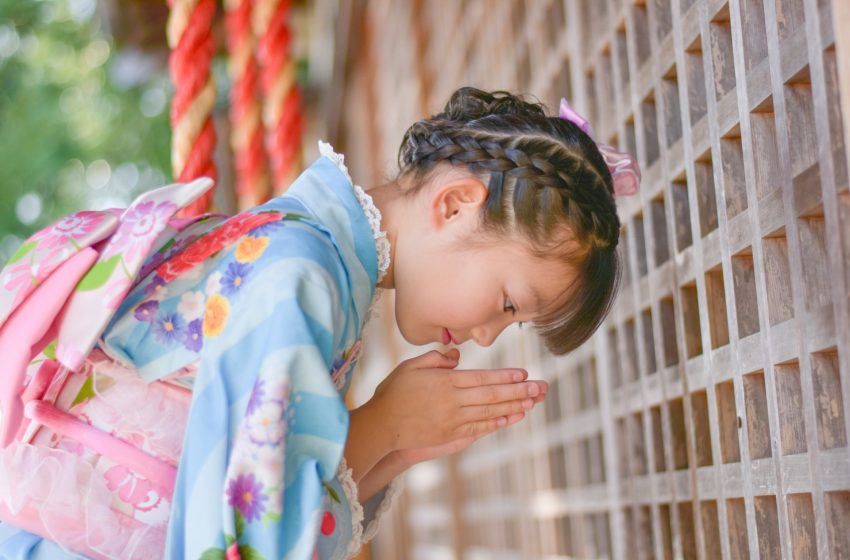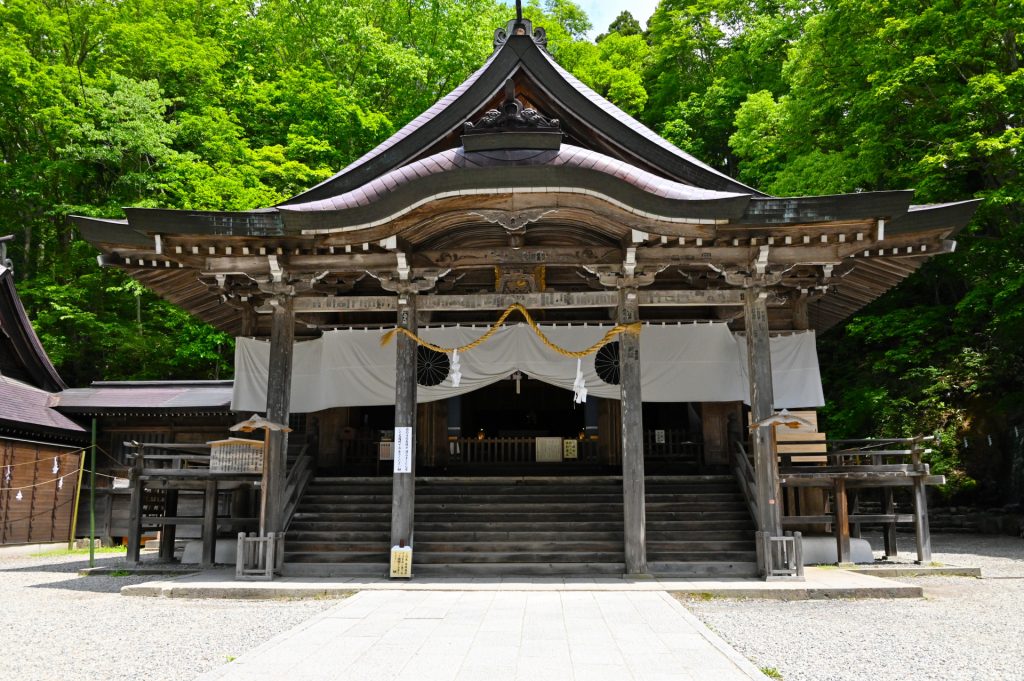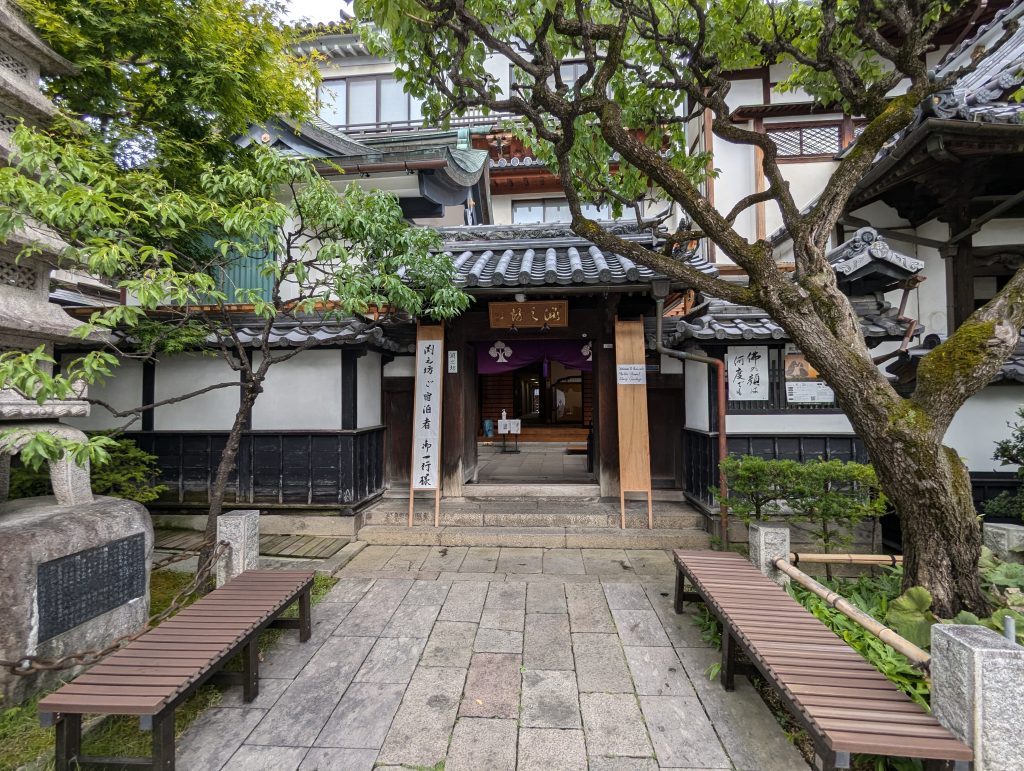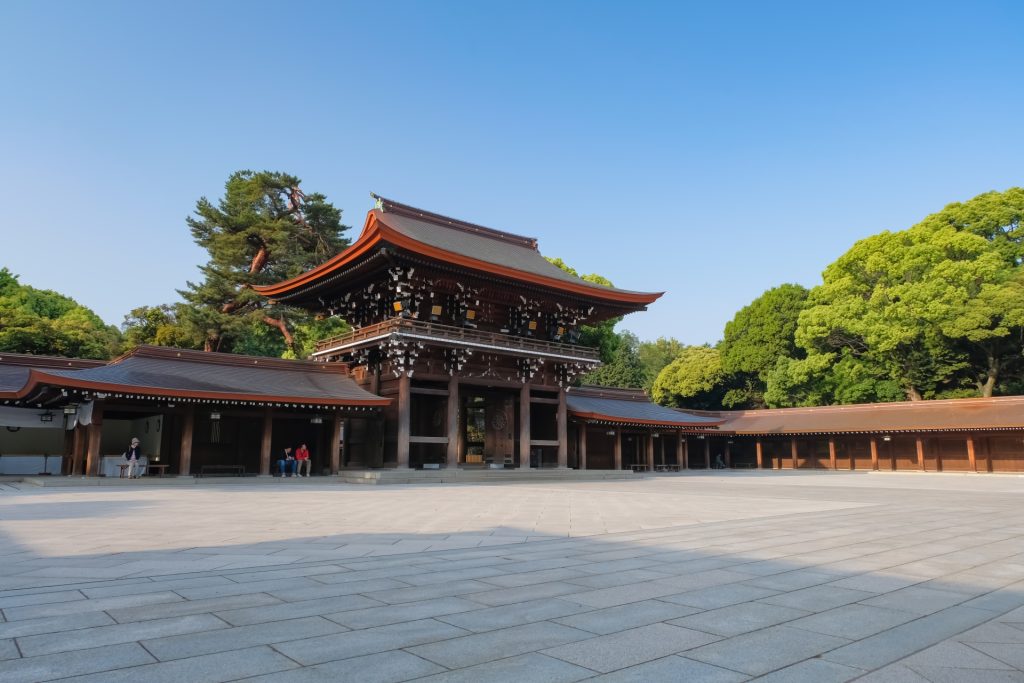
Visiting Japanese Shrines: A Guide to Etiquette and Rituals
Hello, travelers and culture enthusiasts! Are you planning to visit a Shinto shrine in Japan? These sacred spaces are not only beautiful and serene but also hold great cultural and spiritual significance. To ensure a respectful and enriching experience, it’s important to understand the proper etiquette and rituals involved in visiting a Japanese shrine. Let’s explore the do’s and don’ts to help you navigate these hallowed grounds with grace and reverence.
Understanding Shinto Shrines
Shinto shrines, known as ‘jinja’ in Japanese, are places of worship in the Shinto religion. They are often distinguished by their torii gates, which mark the entrance to the sacred space. Shrines are dedicated to various Shinto deities known as ‘kami’ and are places for prayer, reflection, and connecting with nature.
Before Entering: Purification Ritual
- Cleansing at the Temizuya: Near the entrance, you’ll find a water pavilion called ‘temizuya’ or ‘chozuya.’ Here, you perform a purification ritual. Use the ladle provided to pour water over your left hand, then your right hand. Next, pour water into your left hand to rinse your mouth (do not drink directly from the ladle). Finally, rinse your left hand again and hold the ladle vertically to cleanse the handle with the remaining water.
Approaching the Shrine
- Bow at the Torii Gate: As you pass through the torii gate, it’s customary to bow once to show respect to the deity of the shrine.
- Walking Up to the Shrine: Always walk on the sides of the path leading to the shrine; the center is believed to be the path for the kami.
At the Main Hall
- Offering a Prayer: At the main hall, toss a coin into the offering box (saisen-bako). Then, ring the bell if there is one to call the kami’s attention. Bow deeply twice, clap your hands twice, and then bow deeply once more after saying a silent prayer.
General Etiquette
- Photography: Be mindful of photography rules. While it’s usually acceptable to take photos on shrine grounds, photographing the main deity hall or certain sacred objects may be prohibited.
- Silence and Respect: Speak quietly and turn off mobile phones. Shrines are sacred places, and maintaining a respectful demeanor is essential.
- Dress Appropriately: While there’s no strict dress code, it’s advised to dress modestly out of respect for the sacred environment.
Conclusion: Embracing the Spiritual Essence of Japan
Visiting a Shinto shrine in Japan is a unique and spiritually enriching experience. By following these etiquette guidelines, you can fully appreciate the tranquility and significance of these sacred spaces. Remember, a shrine visit is not just about sightseeing; it’s an opportunity to connect with the cultural heart of Japan and to show respect for its enduring traditions.
Enjoy your shrine visit, and may it bring you peace and insight into the profound spiritual landscape of Japan.




